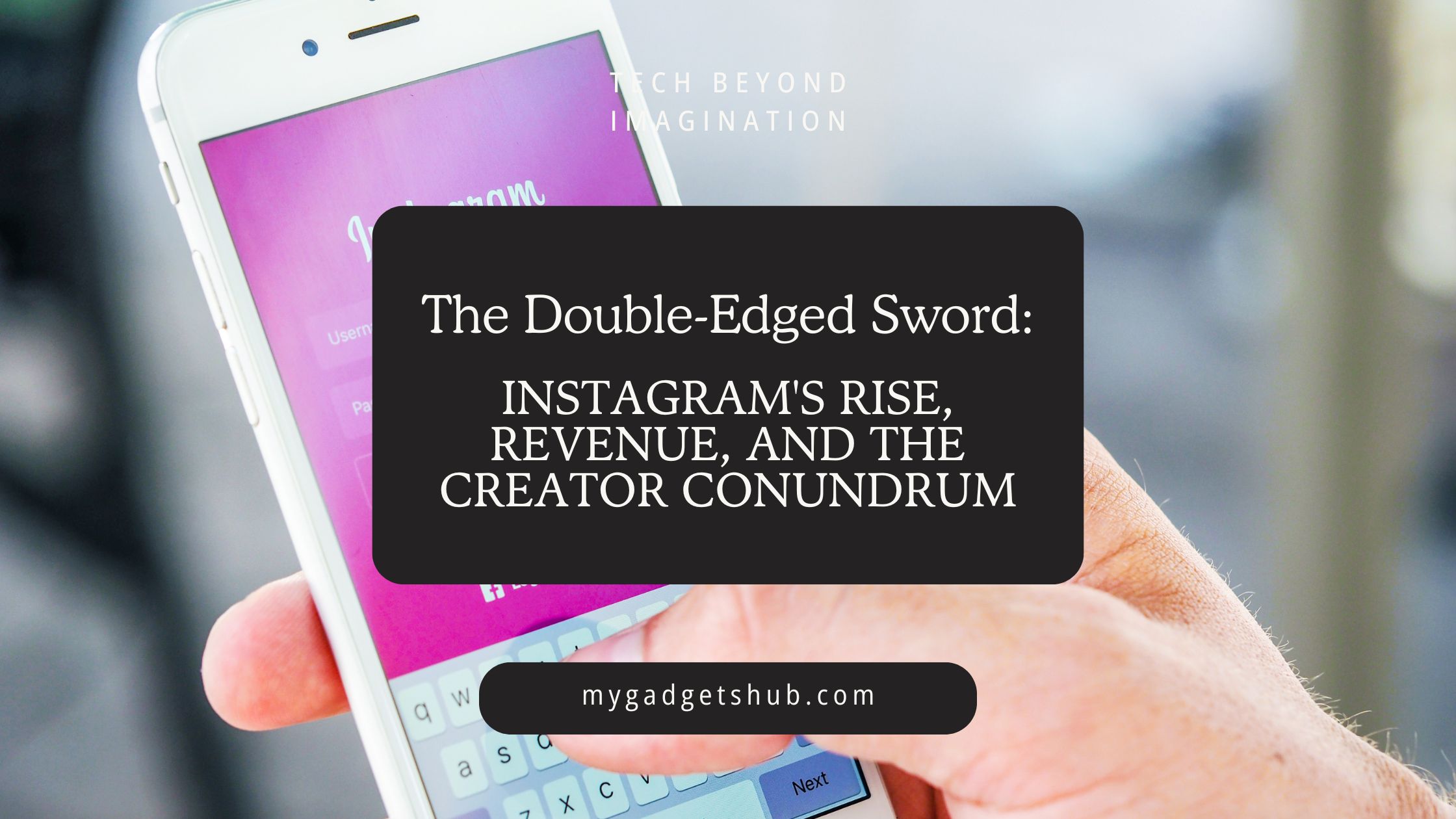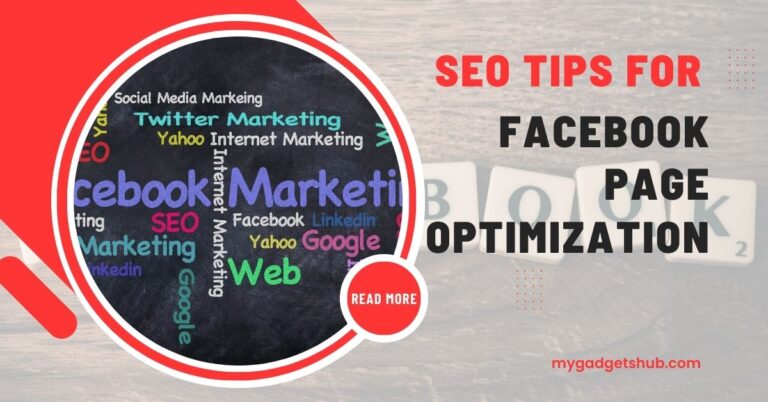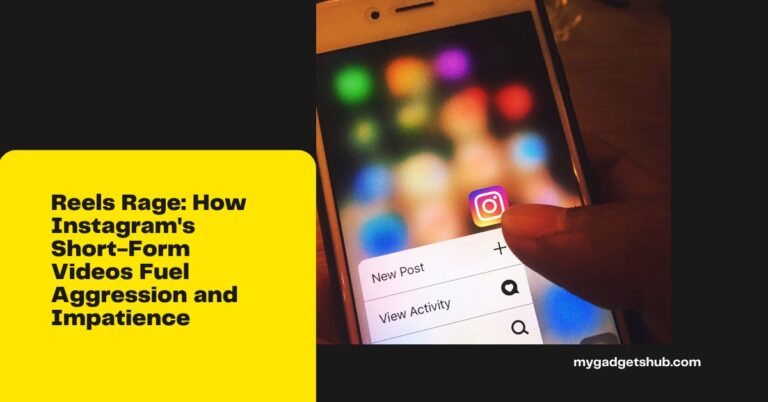Instagram, a social media platform initially focused on photo-sharing, has exploded in popularity in recent years. Its user base has skyrocketed to over 2 billion monthly active users, making it a dominant force in the online world. However, this growth has been accompanied by a growing concern: is Instagram prioritizing user experience and content creators, or is it primarily focused on maximizing advertising revenue?
The Rise of Instagram:
- Exponential Growth: Since its launch in 2010, Instagram’s user base has grown exponentially. In 2018, it surpassed 1 billion monthly active users, and by 2023, that number has doubled. This explosive growth reflects the platform’s ability to cater to a wide range of interests and demographics, with features like Stories, Reels, and IGTV appealing to users beyond just photography enthusiasts.
- Shifting Content Landscape: Initially known for its focus on high-quality photos, Instagram’s content landscape has evolved significantly. Short-form video content, pioneered by competitors like TikTok, has become increasingly prominent with the introduction of Reels. This shift reflects both user preferences and Meta’s (formerly Facebook) desire to compete in the lucrative short-form video market.
The Monetization Machine:
- Advertising Revenue Surge: Instagram’s parent company, Meta, generates the bulk of its revenue through advertising. As the platform’s user base has grown, so too has its advertising revenue. Estimates suggest Instagram alone could generate over $50 billion in ad revenue in 2023. This immense revenue stream highlights the platform’s value as an advertising tool for businesses.
- Profit Over People? While Instagram benefits significantly from user-generated content, concerns are rising about the platform’s treatment of creators. Unlike platforms like YouTube, which offer monetization options through ads and sponsorships, Instagram has only recently begun implementing limited creator monetization tools like reel bonus, but later they closed that option. This raises questions about whether Instagram prioritizes creator well-being or simply views them as a means to an end in its advertising revenue generation strategy. They are keeping all the advertiser’s money itself and we creators are getting none. That is not fare.
The Spamification of Instagram
- Algorithmic Issues: Instagram’s algorithm, designed to keep users engaged, can prioritize sensational content over genuine connections. This can lead to an increase in spammy content, clickbait tactics, and excessive promotion, ultimately detracting from the user experience.
- Invasive Advertising: The growing emphasis on advertising can sometimes overshadow organic content. Users often report feeling bombarded by irrelevant ads, hindering their enjoyment of the platform.
The Creator Exodus?
- Discontent Among Creators: The lack of robust monetization options has led to discontent among creators who feel their work is not adequately valued. This can lead to a decline in the quality of content and a potential exodus of talented creators to platforms that offer better support.
- A Call for Change: Many creators are advocating for a fairer revenue model, one that allows them to share in the advertising profits they help generate. This could involve implementing features like direct sponsorships, brand collaborations, and more robust in-app tipping options.
Looking Ahead: Can Instagram Strike a Balance?
Instagram’s future success hinges on its ability to strike a balance between generating revenue and fostering a healthy creator ecosystem. Here are some potential solutions:
- Improved Creator Monetization: Implementing more robust monetization tools like brand partnerships, in-app tipping, and subscription services could incentivize creators and improve content quality.
- Transparency in Algorithm: Providing greater transparency into how the algorithm works could help creators tailor their content to reach their audience organically, reducing reliance on spammy tactics.
- Prioritizing User Experience: Finding the right balance between advertising and organic content is crucial. This could involve limiting the frequency and intrusiveness of ads while ensuring creators have a platform to showcase their work effectively.
Instagram’s journey reflects a common challenge in the social media landscape: balancing user experience, creator well-being, and advertising revenue. Finding a solution that benefits all stakeholders will be key to ensuring Instagram’s continued success and growth.
Beyond Money: The Algorithmic Shadow and the Mental Health Impact
While the lack of direct monetization is a significant concern for creators, it’s not the only factor shaping the Instagram experience. Here are some additional points to consider:
- The Algorithmic Shadow: Instagram’s algorithm, while effective in keeping users engaged, can also lead to an inauthentic and impersonal experience. Content creators, pressured to game the algorithm for reach, may prioritize sensational content over quality or originality. This can create an echo chamber effect, limiting user exposure to diverse perspectives and fostering a sense of inauthenticity.
- The Mental Health Toll: The constant pressure to curate a perfect online persona and keep up with the latest trends can take a toll on mental health. Studies have shown a correlation between heavy Instagram use and increased anxiety, depression, and feelings of inadequacy.
- The Rise of Fake Followers and Inauthentic Engagement: The emphasis on follower count and engagement metrics has spawned a black market for fake followers and likes. This inauthentic inflation can mislead advertisers and discourage genuine creators who struggle to organically reach their audience.
A Call for Change: A Multi-Faceted Approach
Addressing the issues plaguing Instagram requires a multi-faceted approach that considers the well-being of users, creators, and the platform itself. Here are some additional suggestions:
- Focus on Well-being: Instagram can prioritize user well-being by introducing features like time management tools and promoting content that inspires and uplifts rather than fosters envy or inadequacy.
- Combating Inauthentic Engagement: Implementing stricter measures to identify and remove fake followers and bot activity would create a fairer playing field for genuine creators.
- Promoting Diverse Content: Algorithmic adjustments that prioritize quality and user engagement over virality could help promote a wider range of content and perspectives.
- Community Building Tools: Encouraging meaningful interactions between users and creators through features like live streams, Q&A sessions, and direct messaging can foster a more authentic and community-driven experience.
The Road Ahead: A More Sustainable Model
Instagram’s immense popularity presents a unique opportunity to create a thriving online space that benefits everyone involved. By addressing the concerns of creators, prioritizing user well-being, and promoting genuine connections, Instagram can evolve into a more sustainable and ethical platform.
The future of Instagram hinges on its ability to learn from the challenges it currently faces. By fostering a healthy creator ecosystem, prioritizing user experience, and promoting authentic content, Instagram can solidify its position as a powerful tool for communication, creativity, and community building.



